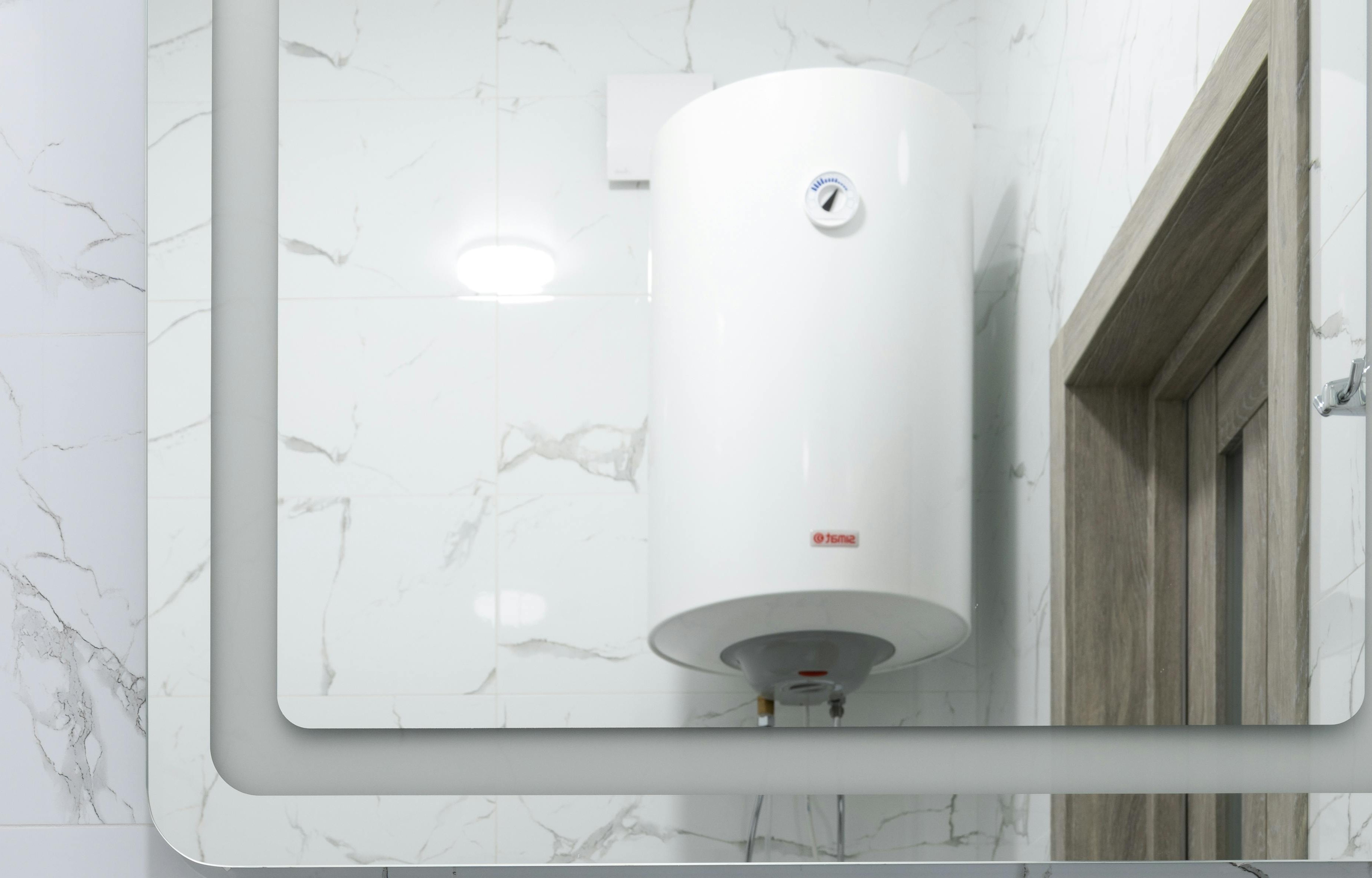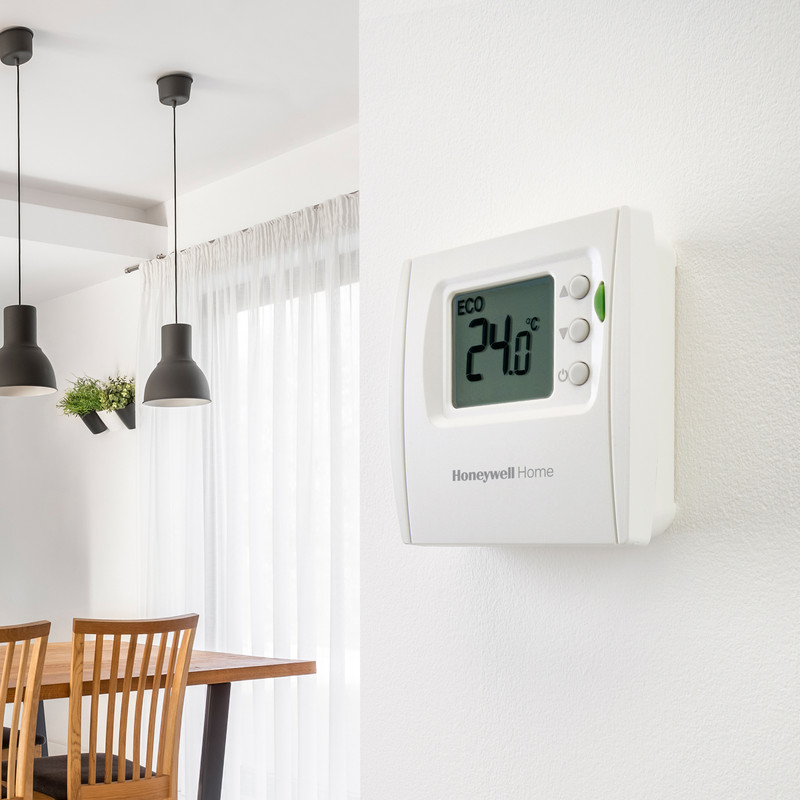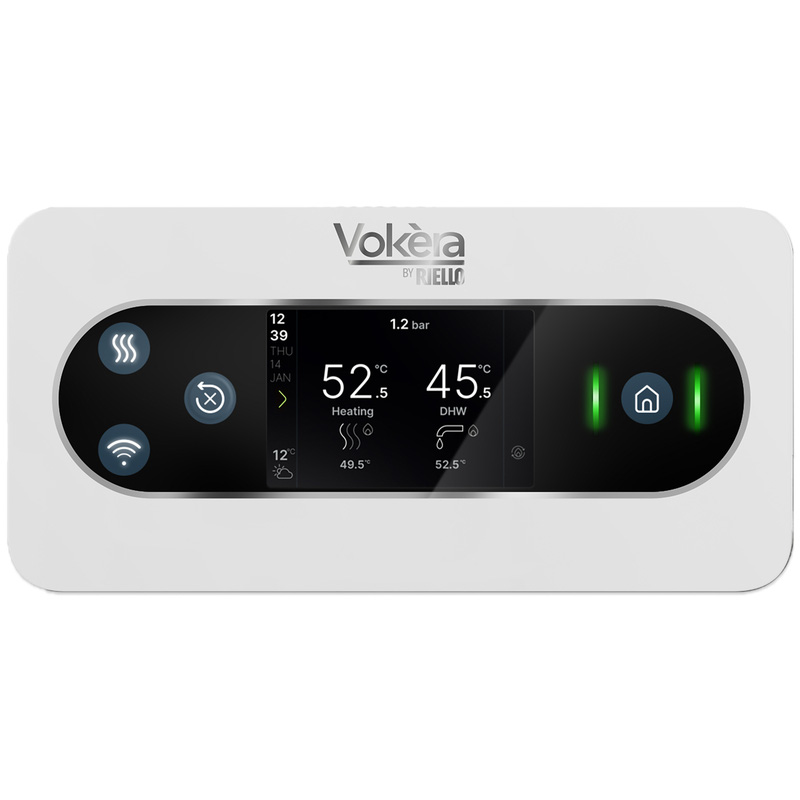If you have a system boiler in your home, you’ll likely know that it heats your water, which is then stored in a hot water cylinder, ready for use when you take a shower or wash the dishes. But what happens if your boiler breaks down? It’s easy to assume that you’ll be left without hot water until the boiler is repaired, but that's not necessarily the case, as this is where your immersion heater comes in.
Most types of hot water cylinders come equipped with an immersion heater and they play an important part in your hot water system, whether it serves as the primary heat source or as an emergency backup in the event of a boiler failure. It consists of a metal rod which is immersed in the cylinder’s water, where it heats the water in the tank, ready to supply hot water to baths, sinks, and showers throughout your home.
How Does An Immersion Heater Work?
In simple terms, an immersion heater works by converting electricity into heat through the heating element, which is typically made from a conductive material like titanium or copper. It’s connected up to its own power supply, much like a kettle, making it easy to switch on and off for when you need it.
Once switched on, an electric current is passed through the heating rod which results in resistance, causing the rod to heat up. The heat generated is then transferred to the surrounding water, warming it up .
All immersion heaters feature a thermostatic control which regulates the temperature and allows you to preset it to your preference. Once the water has reached that temperature, it automatically shuts off to save on energy consumption. In time, the water temperature will reduce whereby the immersion heater switches back on, getting it back up to temperature.
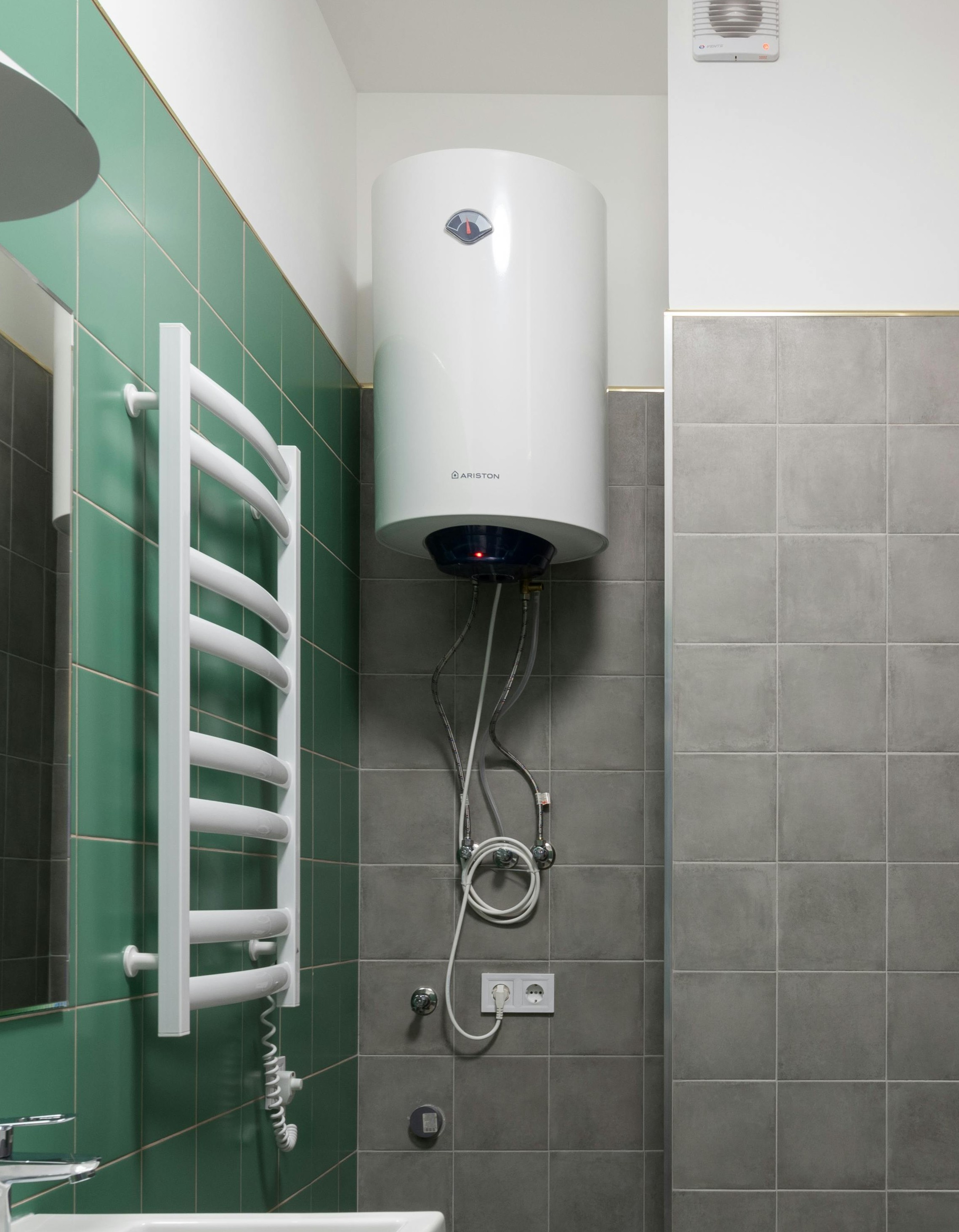
The Different Types of Immersion Heaters
Most immersion heaters have a similar design, typically consisting of a long, cylindrical rod or coil with a protective casing or flange at one end, allowing it to be securely attached to the hot water tank. However, they vary in terms of the materials they are made from, such as Incoloy, titanium, or copper.
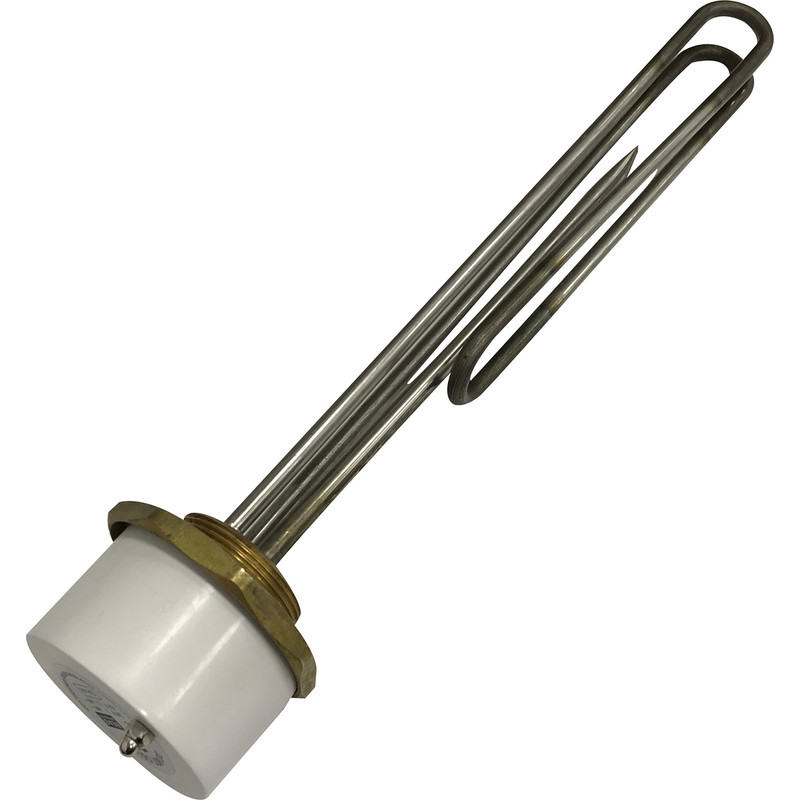
Incoloy Immersion Heaters
Incoloy immersion heaters are made from a mix of high-quality alloys that typically consist of nickel, chromium and iron and are often chosen for their durability and resistance to corrosion, oxidation and limescale build-up. What’s more, Incoloy is able to retain its strength even under high temperatures meaning that it functions efficiently in hot water cylinders.
That said, despite its high performance, Incoloy immersion heaters tend to carry a higher upfront price tag compared to other lower-cost materials such as copper. However, this cost is often justified in industries where long-term reliability and resistance to corrosion are more important, like chemical and marine environments.
Another thing to consider is that Incoloy has a relatively lower thermal conductivity when compared to other materials. This means that it heats up water, or other fluids, much less quickly. So, while they may not be the best choice if you want faster heat transfer, their resistance to more extreme conditions makes it a great material for commercial applications.
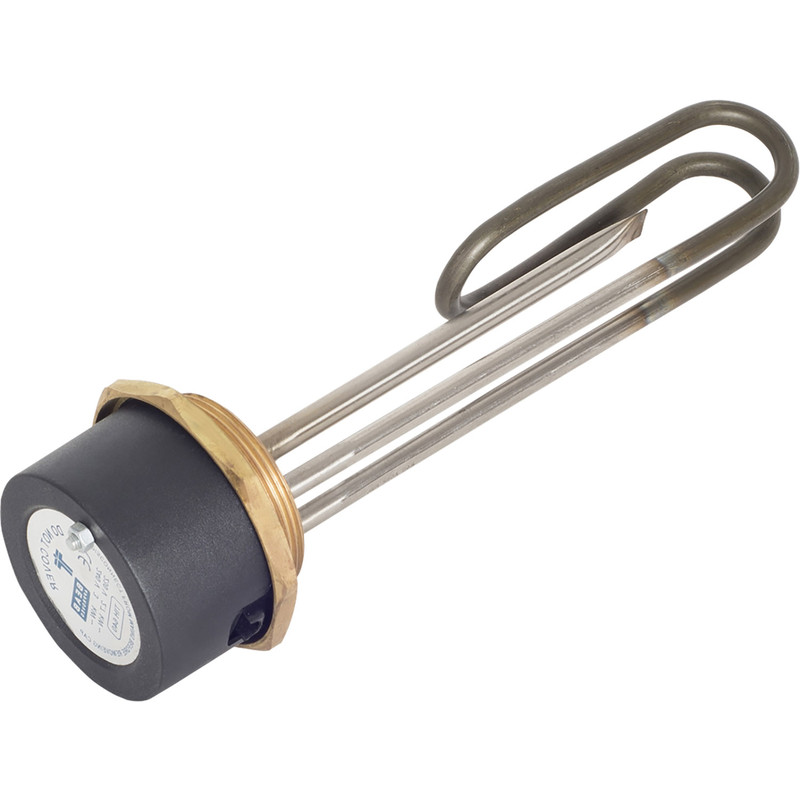
Titanium Immersion Heaters
Titanium is one of the most corrosion resistant metals out there, which makes it an ideal choice for immersion heaters used in more aggressive environments, especially as it’s impervious to more corrosive elements like chlorine and salt water. That’s not to say it’s not suitable for a residential hot water cylinder.
On the contrary, it can be a great option, particularly if you live in a hard-water area as it’s far less likely to suffer the effects of limescale build-up, making it a highly durable and low maintenance immersion heater.
While titanium immersion heaters are extremely resilient, they’re not without their drawbacks. As with heaters made from Incoloy, they don’t have the best heat conductivity so can be slow to get the water up to your desired temperature. Another consideration is their cost, titanium is a more expensive material, especially compared to copper alternatives, so you can expect to pay more at the outset.

Copper Immersion Heaters
Immersion heaters manufactured from copper are one of the most common types. Copper is a popular material due to its excellent thermal conductivity, which allows it to transfer heat quickly and efficiently. This makes them perfect for both residential and commercial applications where rapid heating of water is required.
In addition to its excellent heat transfer capabilities, copper is also much more affordable compared to other materials like titanium or Incoloy, making it a cost-effective choice for those of you who are a little more budget conscious.
That said, despite its many advantages, copper is not without limitations with the main drawback being its vulnerability to corrosion. Over time, copper can develop a patina, which can offer some protection, but it’s still more prone to degradation compared to other materials. For this reason, copper immersion heaters are best suited for household hot water cylinders where corrosion is not a major concern.
The Benefits and Drawbacks of Immersion Heaters
Efficient & Fast Water Heating
Because they operate independently from your boiler, an immersion heater is a great option for quickly and efficiently heating smaller amounts of water. It rapidly converts electricity into heat, meaning that you won't have to worry about a lack of hot water in the event of a boiler failure.
Control Over Water Heating
Many immersion heaters feature inbuilt thermostats allowing you to set your chosen temperature, whereupon reaching that temperature it automatically shuts off preventing water from getting too hot. A thermostat timer can also be added so you can ensure it only comes on during off-peak hours.
Easy to Install and Use
They’re relatively easy to install, often requiring no plumbing work or extensive modifications to the system, this is because they’re usually installed directly into a hot water tank. They’re also exceptionally easy to use and with a simple flick of the switch will give you on-demand access to hot water.
High Energy Consumption
Immersion heaters can consume a lot of energy, especially if they’re used often. The electricity cost of running the heater can add up, especially if it’s used as the primary method for heating water. To keep energy consumption to a minimum try and stick to using your immersion heater in emergency situations, like when your boiler has broken down.

